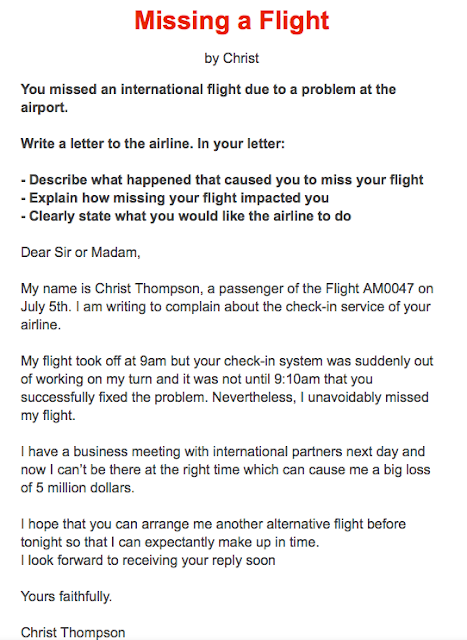Manual Testing Interview Questions - Part 2
In continuation with the latest series of Manual Testing Interview Questions, we present you the part 2 of the course structure. Click on below links for previous parts.
Manual Testing Interview Questions - Part 2
- Tell me different SDLC models?
- Different SDLC models are :
- Water Fall Model
- Spiral Model
- Code & Fix Model
- Big Bang Model
- Scrum Model
- Prototype Model
- V Model
- Which SDLC model you are using? and which development model is used in your organization?
- We are using Agile Methodology for developing software and the Models we used are SCRUM.
- In Scrum, projects are divided into small group of requirements, called as sprints, which are typically one week, two weeks, or three weeks in duration.
- In Scrum we have a SCRUM Master who acts a Bridge between Product owner and Development Team. Based on the size of sprints DEV & Test Team will provide the estimations to our SCRUM Master in terms of hours. Then SCRUM Master will publish the release Schedule by Date.
- We have a daily SCRUM Meeting where we discussed about the Progress of Sprint from Dev, Test and Analysis point of view on daily basis. If anything is blocking to us we are discussing that also in the SCRUM meeting
- What is the advantage of Scrum Model/ Agile Methodology?
- Very Productive
- Business gets something new after every 2 or 3 weeks.
- New Ideas go into TO DO List.
- Due to small sprints Tester & Developer can focus well on the given functionality.
- What is Regression Testing?
- Regression Testing is nothing but to test the known set of test cases to ensure that nothing has been affected either due to bug fix or any new enhancement.
- Basically Regression Testing is used to find out the side effect of existing functionality on other functionality.
- Tell me the difference between Regression testing and Retesting?
- Regression Testing is nothing but to test the known set of test cases to ensure that nothing has been affected either due to bug fix or addition of any new enhancement. Basically Regression Testing is used to find out the side effect of existing functionality on other functionality.
- &
- Retesting is nothing but testing the same thing with different set of data.
- For example: Testing the Login Functionality with different set of user i.e. user with administrative role, user with DB admin role, user with Account Manager Role etc. So here we are testing the login functionality again and again with different set of data
- How to identify Regression test cases? What is the need of Regression testing?
- If Functionality B(Forget P/w) is depending on Functionality A(Registration) and with the change in Functionality A if the Functionality B is getting affected then all the test cases related to functionality B will be our regression test cases.
- And If Functionality A & B are interdependent then all the test cases related functionality A & B will be our regression test cases.
- By using regression testing we will ensure that nothing has been affected either due to bug fix or addition of any new enhancement.
- Regression : what is it? How will you run all regression suite if you have less time?
- Already explained Regression testing above
- Even though we have less time available we need to execute all the Regression Suite by sitting late nights or coming over weekend to ensure that all the functionalities are working fine. We cannot take a risk of excluding some test cases from execution.
- What is Dynamic Testing?
- It involves in the execution of code. It validates the output with the expected outcome.
- What is Static Testing?
- It involves in reviewing the documents to identify the defects in the early stages of SDLC.
- Explain STLC - Software Testing Life Cycle
- Software testing life cycle refers to all the activities performed during testing of a software product. The phases include-
- Requirement analyses and validation - In this phase the requirements documents are analysed and validated and scope of testing is defined.
- Test planning - In this phase test plan strategy is defined, estimation of test effort is defined along with automation strategy and tool selection is done.
- Test Design and analysis - In this phase test cases are designed, test data is prepared and automation scripts are implemented.
- Test environment setup - A test environment closely simulating the real world environment is prepared.
- Test execution - The test cases are prepared, bugs are reported and retested once resolved.
- Test closure and reporting - A test closure report is prepared having the final test results summary, learning and test metrics.


Comments
Post a Comment